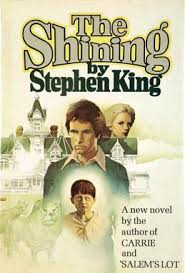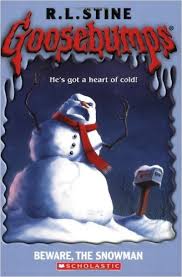The Importance of Defining Audience in Writing
“My target audience is anyone who finds the world interesting and human behavior fascinating, terrible, inspiring, funny, and occasionally, mysterious.” —Amy Bloom, author
“Everyone is not your customer.” —Seth Godin, author, entrepreneur, marketer, and public speaker
Today, we’re going to discuss a topic that isn’t always foremost on an author’s mind: the audience. Put simply, the audience is the group an author is trying to reach—and the importance of audience in writing—can’t be overstated.
“But my book is for everyone!” we hear time and again from both new and established writers, and we always reiterate, “Nothing appeals to everyone.” For example, a book of Dr. Seuss-like cat poetry isn’t going to appeal to a professional rodeo clown looking for help with makeup application.
The fact that no book will appeal to every single person is actually good news, however, as it gives an author the chance to target a specific audience, which can go a long way in simplifying the writing process.
First things first: How does an author determine the book’s target audience? One word: research. Go online and find reputable sources that answer the following questions:
- Do other books on the topic already exist? (If no, why not? Is there no market for them? Is the readership too difficult to attract? If yes, how successful are the books?)
- What do reviewers rave about?
- What do reviewers complain is missing?
- What can your book answer or address that the others don’t?
Just to be clear: Writing for an audience doesn’t mean sacrificing your personal style or voice as an author. Rather, it simply means keeping the readers in mind. For example:
- In a contemporary romance, will the intended audience want to read the detailed history of the city in which the characters live?
- In an academic study, will the intended audience accept opinion over fact?
- In a children’s book, are curse words appropriate?
- In a business book, are complicated, drawn-out narratives the best way to get ideas across?
Keeping target readers in mind also helps an author decide
- when to explain uncommon terms,
- when to include visual aids (i.e., charts, photographs, and tables), and
- whether to write in short, straightforward sentences or to describe things in meticulous detail (for further discussion on this topic, see the Editor’s Corner article on readability and reading level).
The target audience is also an important factor when it comes to marketing. For instance, if an author writes a book on self-esteem targeted to children ages 5–8, the cover of the book would likely include bright, cheerful colors and a friendly animal character or two. If the same topic—self-esteem—is aimed at middle-aged females, the cover might include an older woman looking strong, determined, and ready to conquer the world.
The cover copy also differs depending on the target audience. Consider Amazon’s blurb for The Shining by Stephen King:

Jack Torrance’s new job at the Overlook Hotel is the perfect chance for a fresh start. As the off-season caretaker at the atmospheric old hotel, he’ll have plenty of time to spend reconnecting with his family and working on his writing. But as the harsh winter weather sets in, the idyllic location feels ever more remote . . . and more sinister. And the only one to notice the strange and terrible forces gathering around the Overlook is Danny Torrance, a uniquely gifted five-year-old.
Now consider the cover copy for another horror novel, Goosebumps #51: Beware, the Snowman, by children’s writer R. L. Stine:

Jaclyn used to live with her aunt Greta in Chicago. But not anymore. They’ve moved to a place called Sherpia. It’s a tiny village on the edge of the Arctic Circle.
Jaclyn can’t believe she’s stuck out in Nowheresville. No movie theaters. No malls. No nothing. Plus, there’s something really odd about the village.
At night there are strange howling noises. And in front of every house there’s a snowman. A creepy snowman with a red scarf. A deep scar on his face. And a really evil smile . . .
The difference is obvious—not only is the length of the words and sentences different, but so is the imagery.
If you have never taken the time to consider your audience, the time to start is now. Why? Because writing a book with the audience in mind is far easier than revising a book to a specific audience. When an author knows the intended audience ahead of time, the writing process is clearer, giving the author a more direct path to follow—and with everything else that goes into writing a book, a little clarity is always welcome!
In his book On Writing, Stephen King sums up the idea of the target audience perfectly: “You can’t please all of the readers all of the time; you can’t please even some of the readers all of the time, but you really ought to try to please at least some of the readers some of the time.”